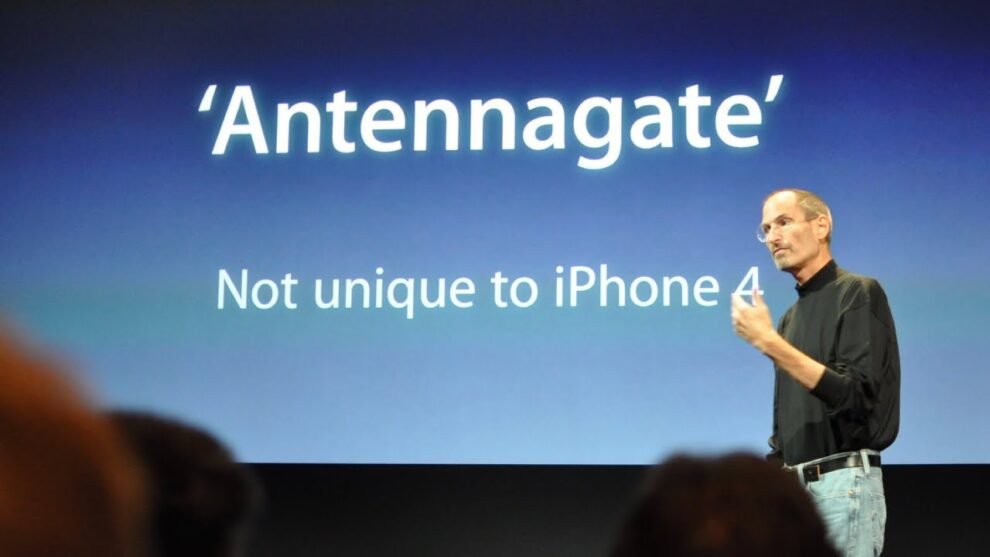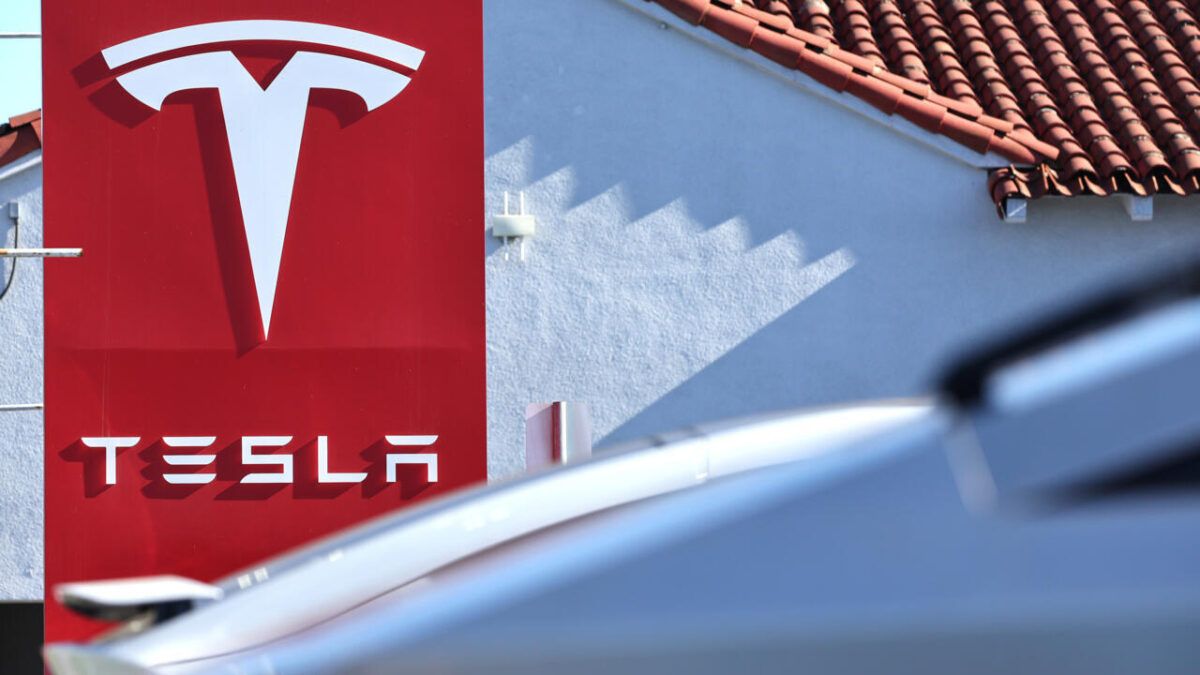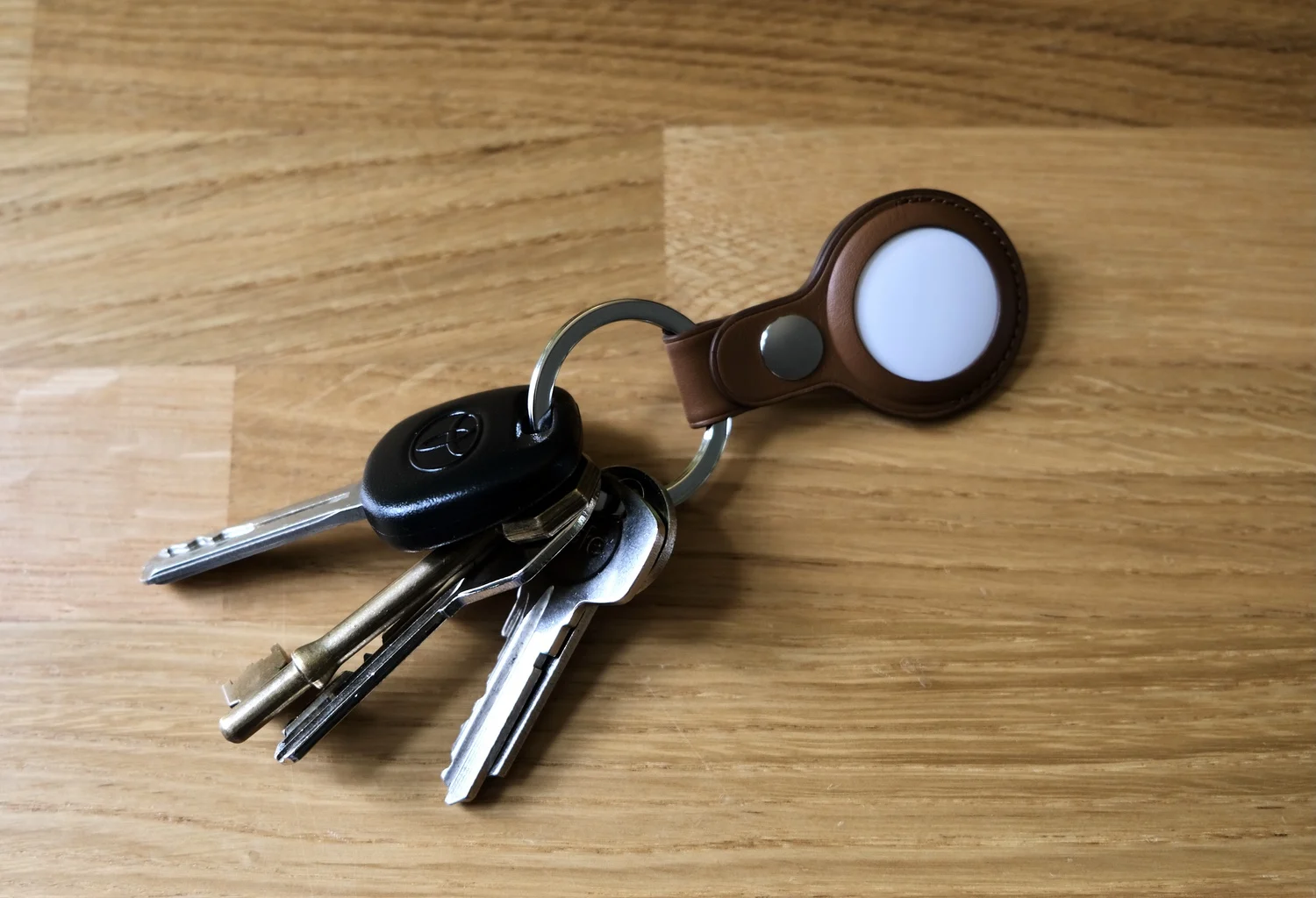Apple’s journey into the world of in-house silicon has been nothing short of remarkable. From the M1 chip revolutionizing Macs to the A-series processors powering iPhones, the company has consistently delivered powerful and efficient performance. Now, Apple is setting its sights on another crucial component: the modem. While this move promises greater control and potential performance boosts, it also brings back memories of a dark chapter in Apple’s history – the infamous “Antennagate” of the iPhone 4.
In 2010, the iPhone 4 launched with a groundbreaking design, featuring a stainless steel frame that doubled as the antenna. However, this innovative approach backfired spectacularly. Users quickly discovered that holding the phone in a certain way – the infamous “death grip” – caused significant signal drops and call interruptions. The ensuing public outcry, dubbed “Antennagate,” tarnished the iPhone 4’s reputation and forced Apple to offer free bumper cases to mitigate the issue.
Now, as Apple gears up to replace Qualcomm modems with its own in-house solution, the specter of Antennagate looms large. Designing a modem that meets the stringent demands of modern cellular networks is a complex undertaking, fraught with potential pitfalls. Can Apple avoid repeating the mistakes of the past and deliver a seamless cellular experience? Or will its ambition lead to another costly stumble?
The Allure of In-House Modems
Apple’s pursuit of in-house modems is driven by several factors. Firstly, it allows the company to reduce its reliance on external suppliers like Qualcomm, giving it greater control over the entire iPhone ecosystem. This translates to tighter integration between hardware and software, potentially leading to improved performance, power efficiency, and new features.
Secondly, developing its own modems gives Apple the freedom to innovate and differentiate its products. By customizing the modem to its specific needs, Apple could potentially achieve faster cellular speeds, better network compatibility, and enhanced security.
However, the road to modem independence is paved with challenges. Designing a modem requires deep expertise in radio frequency engineering, cellular standards, and network optimization. It also necessitates extensive testing and validation across various network conditions and geographical locations.
The Ghost of Antennagate
The iPhone 4’s Antennagate fiasco serves as a stark reminder of the complexities involved in antenna design and radio frequency engineering. Apple’s decision to integrate the antenna into the phone’s frame, while aesthetically pleasing, proved to be its Achilles’ heel. The human hand, acting as a conductor, interfered with the antenna’s performance, leading to the notorious signal attenuation.
This incident highlighted the critical importance of rigorous testing and real-world validation. While Apple conducted extensive lab testing, it seemingly failed to adequately account for the impact of user interaction on antenna performance. This oversight proved to be a costly mistake, damaging the company’s reputation and eroding consumer trust.
As Apple embarks on its modem journey, it must learn from the lessons of the past. Thorough testing, meticulous design, and a deep understanding of user behavior are crucial to avoid repeating the mistakes of Antennagate.
The Challenges Ahead
Developing a modem that meets the demands of modern cellular networks is a herculean task. Today’s networks are far more complex than those of the iPhone 4 era, with multiple frequency bands, diverse technologies, and constantly evolving standards.
Apple’s modem must seamlessly navigate this intricate landscape, delivering reliable connectivity and optimal performance across a wide range of scenarios. This requires overcoming several key challenges:
- RF Engineering Expertise: Designing a modem that efficiently transmits and receives signals across various frequency bands requires specialized knowledge in radio frequency engineering. Apple needs to attract and retain top talent in this field to ensure its modem meets the highest standards.
- Network Compatibility: Ensuring compatibility with diverse cellular networks across the globe is a major undertaking. Apple’s modem must support a wide range of frequencies, technologies (4G, 5G, etc.), and carrier-specific requirements.
- Power Efficiency: Modems are notorious power consumers. Apple needs to optimize its modem for power efficiency to avoid draining the iPhone’s battery life. This is particularly crucial for 5G connectivity, which is known to be more power-hungry than previous generations.
- Antenna Design: The antenna plays a crucial role in signal reception and transmission. Apple needs to design an antenna system that is both efficient and robust, ensuring reliable connectivity without compromising the phone’s aesthetics or user experience.
- Testing and Validation: Rigorous testing is paramount to ensure the modem’s performance and reliability. Apple needs to conduct extensive testing across various network conditions, geographical locations, and user scenarios to identify and address potential issues before launch.
Learning from the Past, Embracing the Future
Apple’s foray into modem development is a bold move, one that carries significant risks and rewards. The company’s track record with in-house silicon suggests it has the capability to deliver a competitive product. However, the memory of Antennagate serves as a cautionary tale, reminding Apple of the importance of meticulous design, rigorous testing, and a deep understanding of user needs.
By learning from the mistakes of the past and embracing a user-centric approach, Apple can potentially overcome the challenges and deliver a modem that sets a new standard for cellular performance and integration. However, if it stumbles, the consequences could be far-reaching, impacting not just the iPhone but the company’s reputation as a technology leader.
My personal experience:
As a tech enthusiast who has followed Apple’s journey closely, I’m both excited and apprehensive about their move into modems. I witnessed the Antennagate fiasco firsthand, and it left a lasting impression. I hope Apple has learned from that experience and will prioritize user experience and rigorous testing above all else. I’m eager to see how their in-house modem performs and whether it can truly deliver on its promise of enhanced performance and integration.










Add Comment